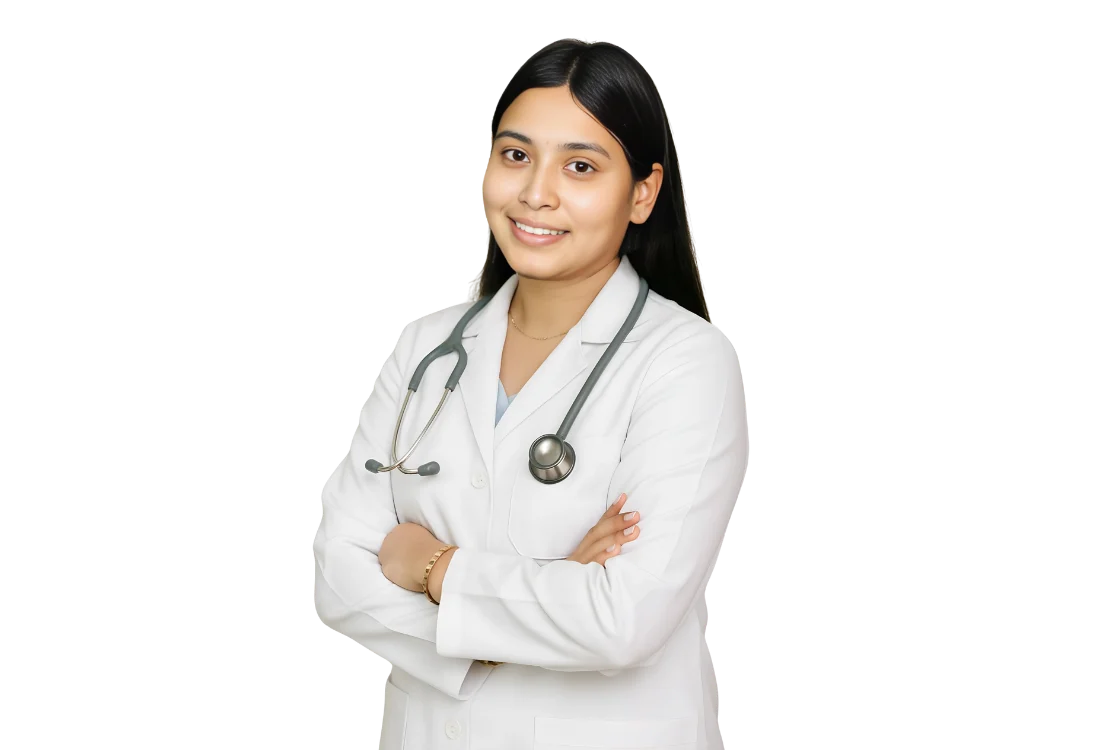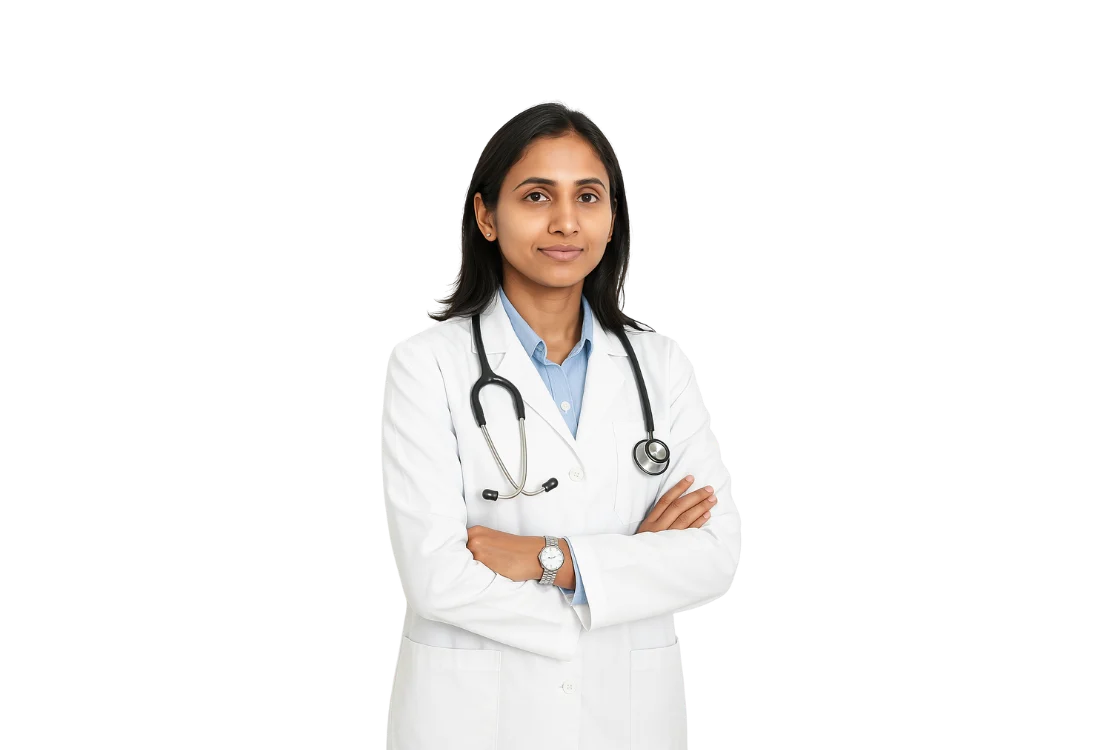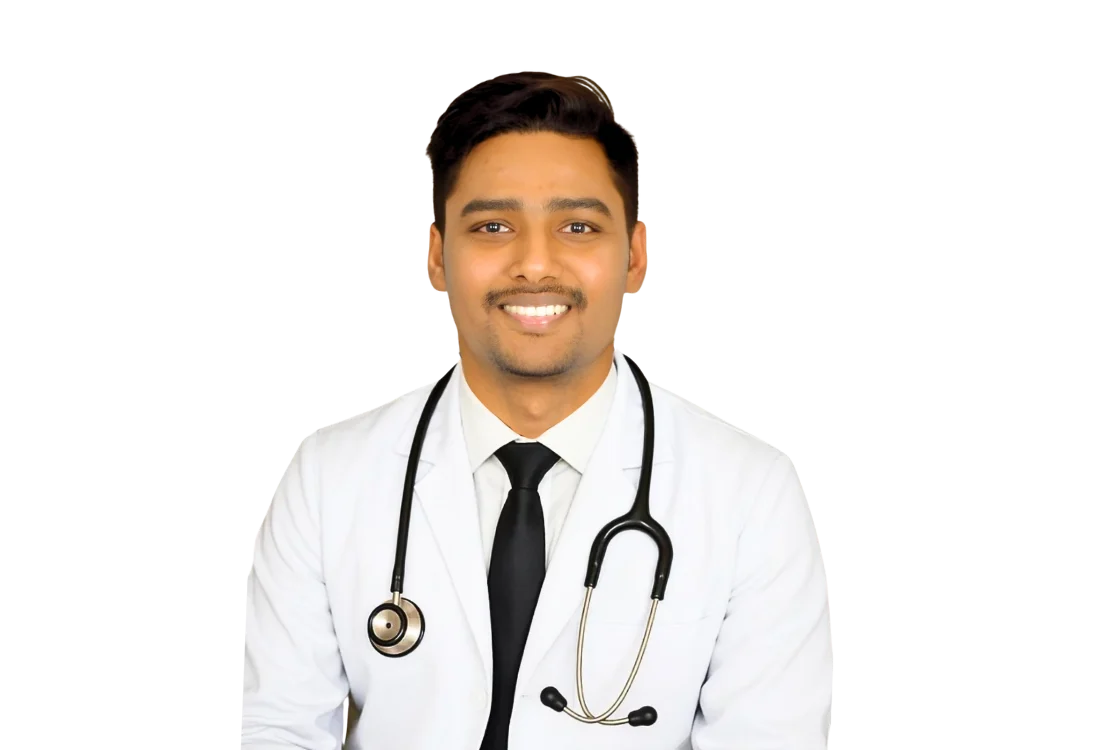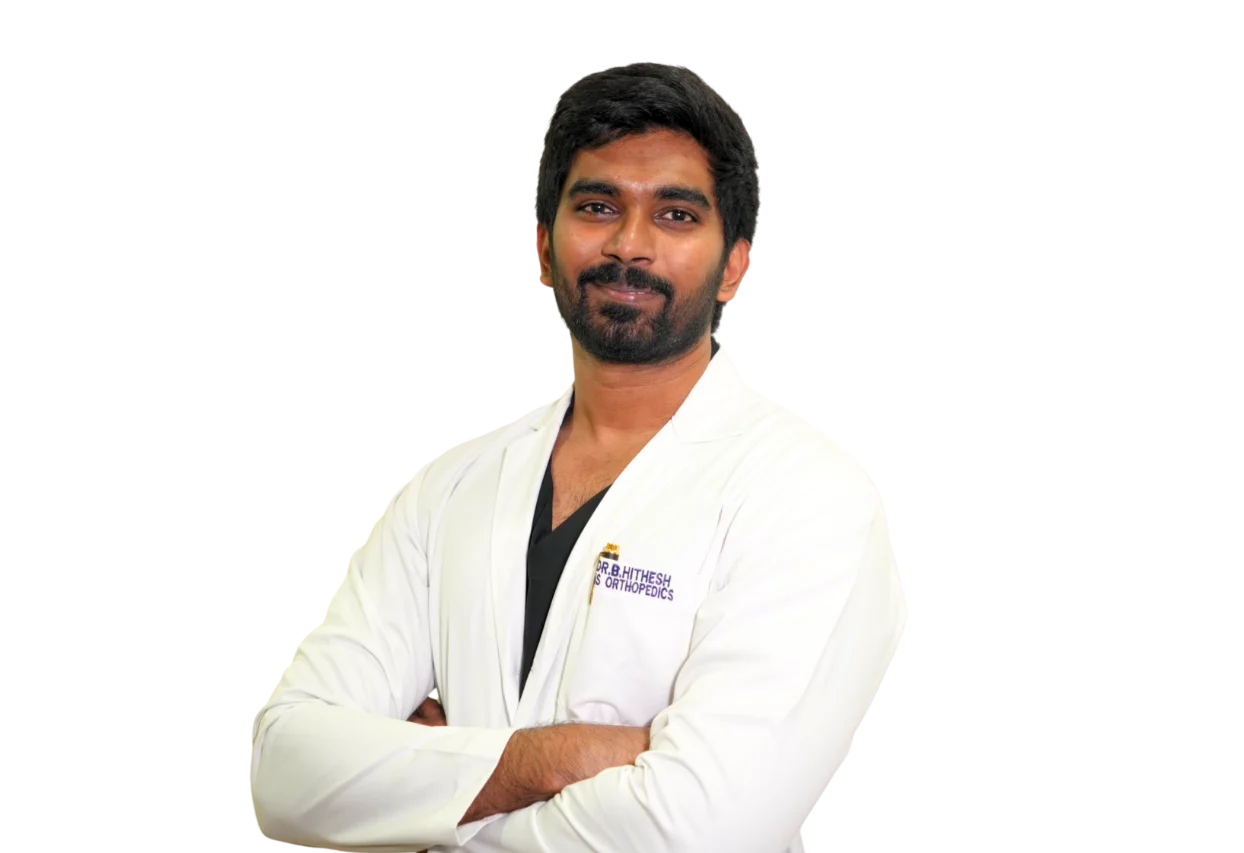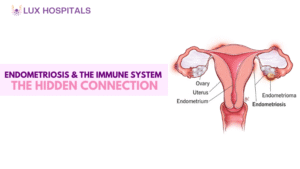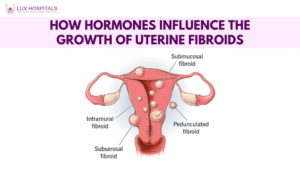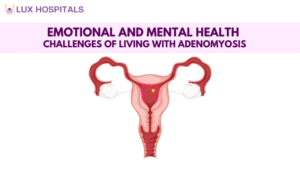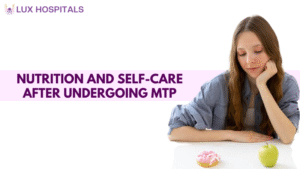Common Myths and Facts About Endometriosis
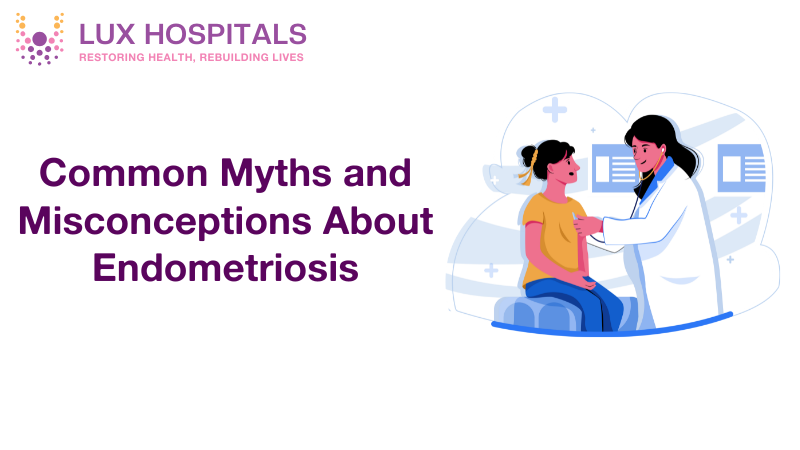
Endometriosis is a multifactorial and sometimes misdiagnosed illness involving millions of women globally. Regardless of growing consciousness, there continues to be misunderstandings about its symptoms, diagnosis, and management due to myths and misinformation still existing. In this blog, we will blow up some of the most common myths about endometriosis and present the facts so that individuals can get a better perception about this disease.
Myth 1: Endometriosis is Simply a Painful Menstrual Period
Fact: Endometriosis is More Than Menstrual Cramps
Although spasms of menses are a typical symptom, endometriosis is more than just menstrual cramping. Endometriosis is when tissue that looks like the lining of the uterus develops outside the uterus and causes pain, inflammation, and sometimes fertility issues. Not only is endometriosis painful, but it can also cause pelvic pain, fatigue, digestive problems, and even pain during intercourse. Early diagnosis and treatment depend on noticing these symptoms.
Myth 2: Endometriosis Only Affects Older Women
Fact: It Can Also Develop in Young Adults and Teenagers
Endometriosis can occur in women of all ages, including young adults and teenagers. Many young women experiencing severe menstrual cramps can have undiagnosed endometriosis. Sadly, due to the false belief that painful periods are common, many remain undiagnosed for years before being correctly diagnosed.
Myth 3: Pregnancy Cures Endometriosis
Fact: There is No Permanent Endometriosis Cure
Although some women may have a remission from symptoms during pregnancy as a result of hormonal balance, endometriosis doesn’t completely go away. Symptoms, in most cases, return after delivery. Good control, through medications, lifestyle change, and, in selected cases, surgery, is essential to enhance quality of life among endometriosis patients.
Myth 4: Endometriosis Always Causes Infertility
Fact: Most Women with Endometriosis Can Get Pregnant
Endometriosis can influence fertility, yet this does not always mean that all women who suffer from the condition will be unable to become pregnant. Certain women who suffer from mild or moderate endometriosis can still conceive naturally, while others may require fertility treatment. Correct medical treatment and lifestyle adjustments result in many women with endometriosis being able to become pregnant successfully.
Myth 5: A Hysterectomy is the Only Treatment Option
Fact: Multiple Treatment Options Are Available
Surgical hysterectomy (hysterectomy) is not the sole treatment for endometriosis. Endometriosis can be treated with pain medication, hormonal control, diet adjustment like an endometriosis diet, and minimal-invasive therapy. The ideal treatment plan differs in each individual and requires consultation with a medical specialist.
Myth 6: Everyone Has the Same Endometriosis Symptoms
Fact: Everyone Is Different
Endometriosis symptoms differ from one person to another. Some women suffer from severe pelvic pain and heavy menstrual bleeding, but others may experience very few symptoms or none at all. Symptoms do not always reflect the disease’s severity, making diagnosis and treatment more difficult.
Myth 7: Birth Control Pills Cure Endometriosis
Fact: Birth Control Slows Symptoms but is Not a Cure
Due to their ability to stabilize hormones and decrease menstrual bleeding, hormonal contraceptives, such birth control tablets, can be used to delay or even completely eradicate the symptoms of endometriosis. They do not, however, treat the illness. The recurrence of symptoms following drug discontinuation suggests the need for a comprehensive care strategy.
Myth 8: Endometriosis Can Be Diagnosed with a Quick Test
Fact: Diagnosis Typically Requires Surgery
Endometriosis cannot be identified on standard imaging tests. Although ultrasound and MRI can show cysts observed with the condition, the definitive method of making a diagnosis of endometriosis is through laparoscopic surgery. It is a low-risk procedure that enables physicians to visualize and remove ectopic tissue, thereby establishing the diagnosis.
Myth 9: Diet Has No Impact on Endometriosis
Fact: Nutrition Plays a Role in Symptom Management
A diet for endometriosis consisting of anti-inflammatory foods can reduce symptoms. Omega-3 fatty acids, fibre, and antioxidants from foods like leafy greens, nuts, and fish might quiet inflammation and general health. The avoidance of processed foods, caffeine, and dairy foods that are high in fat can also help alleviate some symptoms.
Myth 10: Endometriosis is Rare
Fact: It is a Common Condition
About one in ten women of childbearing age have endometriosis. Because many people are ignorant of the disorder and have false beliefs about its causes, it typically goes undiagnosed while being widespread. The likelihood of successful management for individuals with the illness can be increased with more education and early medical intervention.
Conclusion
Being aware of the facts about endometriosis is crucial for better management and care. Although endometriosis has no cure, effective treatment, lifestyle change, and medical advice can lead to a healthier life. If you have symptoms of endometriosis, consult your healthcare provider for appropriate diagnosis and individualized treatment plan.
By clearing these myths, we can raise awareness and ensure that individuals suffering from endometriosis symptoms receive the attention and care they deserve.
Frequently Asked Questions
The early signs of endometriosis include severe menstrual cramps, chronic pelvic pain, heavy periods, pain during intercourse, and digestive issues such as bloating and constipation.
There is no permanent cure for endometriosis, but treatments like medication, hormone therapy, and surgery can help manage symptoms effectively.
Endometriosis can cause scarring and inflammation in the reproductive organs, which may affect fertility. However, many women with endometriosis can conceive naturally or with medical assistance.
An endometriosis diet rich in anti-inflammatory foods such as leafy greens, nuts, and fish can help reduce symptoms. Avoiding processed foods, caffeine, and high-fat dairy is also beneficial.
No, surgery is not the only option. Treatment can include hormonal therapy, pain management, lifestyle changes, and dietary modifications, depending on the severity of symptoms.
Endometriosis is primarily diagnosed through laparoscopy, a minimally invasive surgical procedure. Imaging tests like ultrasound and MRI may help detect cysts but are not always definitive.
Pregnancy may temporarily relieve symptoms due to hormonal changes, but it is not a cure. Symptoms often return after childbirth.
Yes, endometriosis can develop in teenagers. Severe menstrual pain in adolescents should not be ignored and may require medical evaluation.
Yes, birth control pills can help manage symptoms by regulating hormones and reducing menstrual flow, but they do not cure the condition.
No, endometriosis is a common condition affecting approximately 1 in 10 women of reproductive age.








